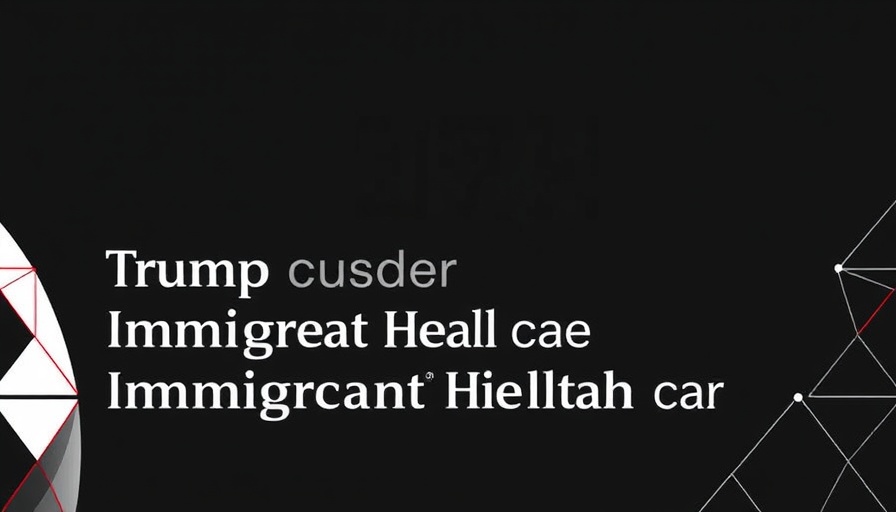
Understanding Major Medicaid Cuts and Their Impact on States
In a significant move that could reshape health care for millions, the Energy & Commerce Committee's recent decision foreshadows a potential $625 billion reduction in federal Medicaid funding. This change, rooted in policy shifts designed to impose work requirements and increase barriers to enrollment, threatens to strip 10.3 million people of their Medicaid coverage by 2034. What does this mean for our communities?
Impact on Local Budgets: Rising Taxes or Reduced Services?
As states grapple with the reality of funding cuts, difficult choices lie ahead. Many may have to opt between raising taxes or slashing funding for essential services like education and social programs. These decisions could create ripple effects within communities, impacting everyone, regardless of their insurance status.
Enrollment Declines: Who Will Be Affected?
The projected loss of 10.3 million enrollees highlights a crucial issue: disparities in health access. States adopting stringent measures could see even larger drops in enrolled populations. Some may enforce easier compliance; others might not. This variability will directly influence the health and well-being of the most vulnerable members of society.
Connecting the Dots: The Wider Implications for Health Care
The potential decrease in health coverage could worsen health outcomes across populations, leading to increased hospital costs for those without insurance. If cuts roll out as planned, families may face even greater challenges accessing necessary medical services, pushing more into the burden of unpaid medical debts.
As these changes loom, it's imperative to understand how they impact our community. We must advocate for policies that safeguard health care access for everyone.
 Add Row
Add Row  Add
Add 




Write A Comment